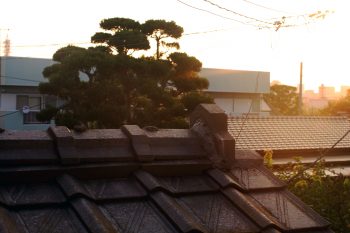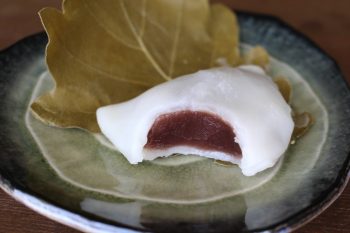10 Children’s Day Phrases Posted by Philip Gregory on Apr 27, 2020 in Uncategorized
Children’s Day (子供の日) is a Japanese holiday that takes place on May 5th, the last day of Golden Week. The holiday was originally called Tango No Sekku (端午の節句), translated literally as “the first horse of May”, and until 1948 was a boy’s holiday; the counterpart to Hinamatsuri (ひな祭り), Girl’s Day.
Children’s Day
In 1948, “Tango No Sekku” was renamed “Children’s Day”, and it became inclusive of mothers and girls. During Children’s Day, carp streamers known as Koinobori (鯉のぼり) are flown to show appreciation for children and their happiness. The streamers are often flown in a way that symbolizes family unity and hierarchy, with the father fish the largest and the highest, the smaller mother fish next, and the smallest children fish flying lowest. Since the 5th of May is fast approaching, we’ve selected ten phrases (and a few bonuses) to get you prepped you for Children’s Day.
Yane
In Japanese, Yane (屋根), meaning rooftop, is a word you will likely want to use when discussing the flying of koinobori. Although residents of smaller apartments have been known to fly koinobori inside, the majority of the streamers will be found flying above Japanese rooftops. Plus, if you learn this word, you’ll be able to cry out for help if you get stuck on a rooftop in Japan. If someone asks where you are, after you scream for help, just sob: “Yane no ue ni imasu” (屋根の上にいます).
 Magoi
Magoi
Magoi (真鯉), translated literally as “real carp”, is a word used to describe black carp (probably because the most common carp in Japan are black). Regarding Children’s Day, magoi is used to describe the black koi streamers which are typically larger, and reserved for fathers.
Higoi
Higoi (緋鯉), translated as “red carp” is, you guessed it, the word used for the red koi streamers that are reserved for mothers. Red koi streamers are typically found flying just below the father’s larger, black koi streamer.
Kogoi
Kogoi (子鯉), translated as “child carp”, is clearly a word used for the children streamers, which can be found flying just below mother’s streamer. Unlike the father’s koi, which is usually black, and unlike the mother’s koi, which is normally red, the children’s koi can be found in a variety of different colors.
Kashiwa Mochi
Kashiwa mochi (柏餅), translated as “oak rice cake” is a traditional food eaten during Children’s Day. Mochi is a squishy, delicious food made from rice. Kashiwa mochi is simply a unique version of this, wrapped in a tasty oak leaf.

Chimaki
Chimaki (ちまき), which translates to “rice dumpling in bamboo leaves”, has a kanji, but it is usually written in hiragana. It is another delicious rice-based treat that is traditionally enjoyed on Children’s Day.
Kabuto
Kabuto (兜) is a shogun style helmet. The kanji literally translates to “helmet” or “headpiece”. The Kabuto has become a symbol for boys, and you will often see it displayed all over, during Children’s Day. Plus, if you learn this word and you happen to be a Japanese Shogun that’s just lost his helmet, you can now say: “Ore no Kabuto Doko Da” (俺の兜どこだ). Super useful.
Shoubuyu
Shoubuyu (菖蒲湯), which translates to “iris bathwater”, is just that: a bath taken with iris petals. This traditional Children’s Day bath is made by boiling the roots and leaves of the Japanese iris and then placing them in bathwater. Yomogi (よもぎ), or “wormwood” is also sometimes used. It is said that this bath will help prevent illness and misfortune. This tradition dates all the way back to the Heian age, but is now rarely practiced.
Gogatsu Ningyou
Gogatsu Ningyou (五月人形), literally translated to “the fifth-month person shape”, actually means something more like “Children’s Day doll”. These dolls are used as decorations during May, and their designs range from more traditional figures to animation characters like “Anpan Man” (アンパンマン).
So, there you have it: Ten Children’s Day phrases. Using these and with a bit more research, you’ll be amply prepared for the annual May 5th holiday.

Build vocabulary, practice pronunciation, and more with Transparent Language Online. Available anytime, anywhere, on any device.




Comments:
TOSHIKO JACKSON:
Wonderful and very educational info. Thank you very much!
Toshiko (who has been teaching Japanese for all levels/age groups in Australia in past 36 years) 😀 🍱
Paulo guimaraes:
Thankfull@